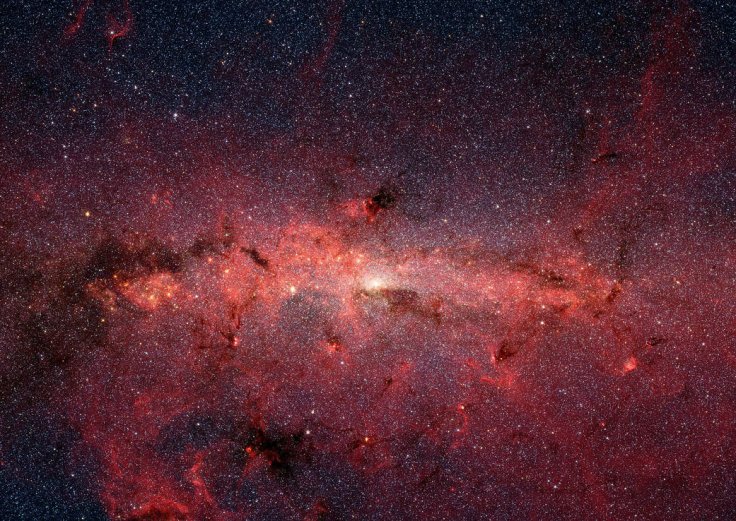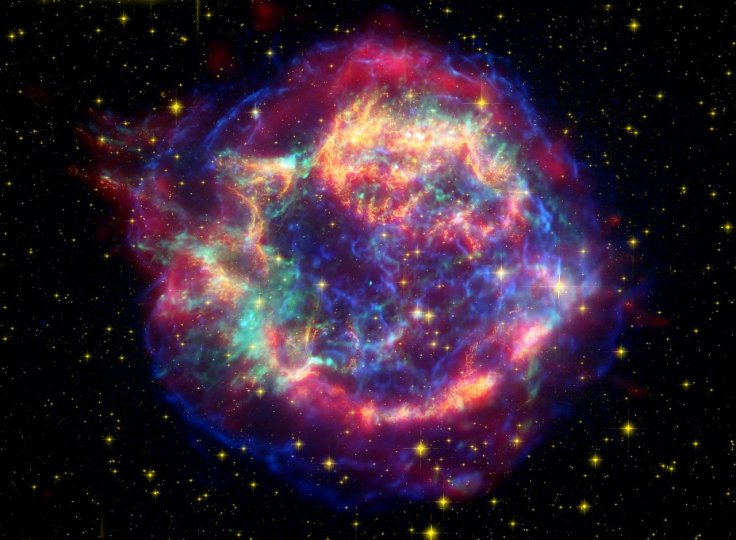A team of astronomers from Australia was able to snap an image of the center of the Milky Way galaxy. Inside the center, they discovered almost 30 new supernova remnants that may have been visible from Earth when they first exploded.
The stunning image of the galaxy's center was captured using the data obtained by the Galactic and Extragalactic All-Sky Survey of the Murchison Widefield Array telescope in Australia. Through this project, astronomers are able to create a map of the sky using radio waves at specific frequencies.

Getting A Glimpse Of Milky Way's Center
Through the survey, a team of astronomers led by astrophysicist Natasha Hurley-Walker of the International Center for Radio Astronomy Research was able to peer into the center of the Milky Way Galaxy. According to Hurley-Walker, the capabilities of the telescope and survey allowed her team to view the various cosmic objects within this region.
"This new view captures low-frequency radio emission from our galaxy, looking both in fine detail and at larger structures," she said in a press release. "Our images are looking directly at the middle of the Milky Way, towards a region astronomers call the Galactic Center."
Discovering The Remains Of Dead Stars
As the astronomers explored the Galactic Center, they came across 27 supernova remnants that haven't been discovered before. The astronomers believe that these cosmic objects are the remains of stars that died and exploded thousands of years ago. Each of these stars may have been at least eight times more massive than the Solar System's Sun.
According to the astronomers, these stars most likely exploded shortly after reaching the end of their life cycles. As this happened, they probably collapsed under the weight of their own gravity before exploding into a massive supernova.

Impact Of The Supernova On Early Human Civilizations
One of the supernova remnants the astronomers came across was formed by a star that they believe died about 9,000 years ago. Given the location of this star, the astronomers noted that early civilizations on Earth may have witnessed the light produced by its supernova. For cultural astronomy expert Duane Hamacher, it is possible that ancient humans referenced the cosmic event in their traditional practices.
"Now that we know when and where this supernova appeared in the sky, we can collaborate with Indigenous elders to see if any of their traditions describe this cosmic event," he said. "If any exist, it would be extremely exciting."









